What is Artificial Intelligence for Kids: A Beginner’s Guide
What is Artificial Intelligence for Kids: A Beginner’s Guide
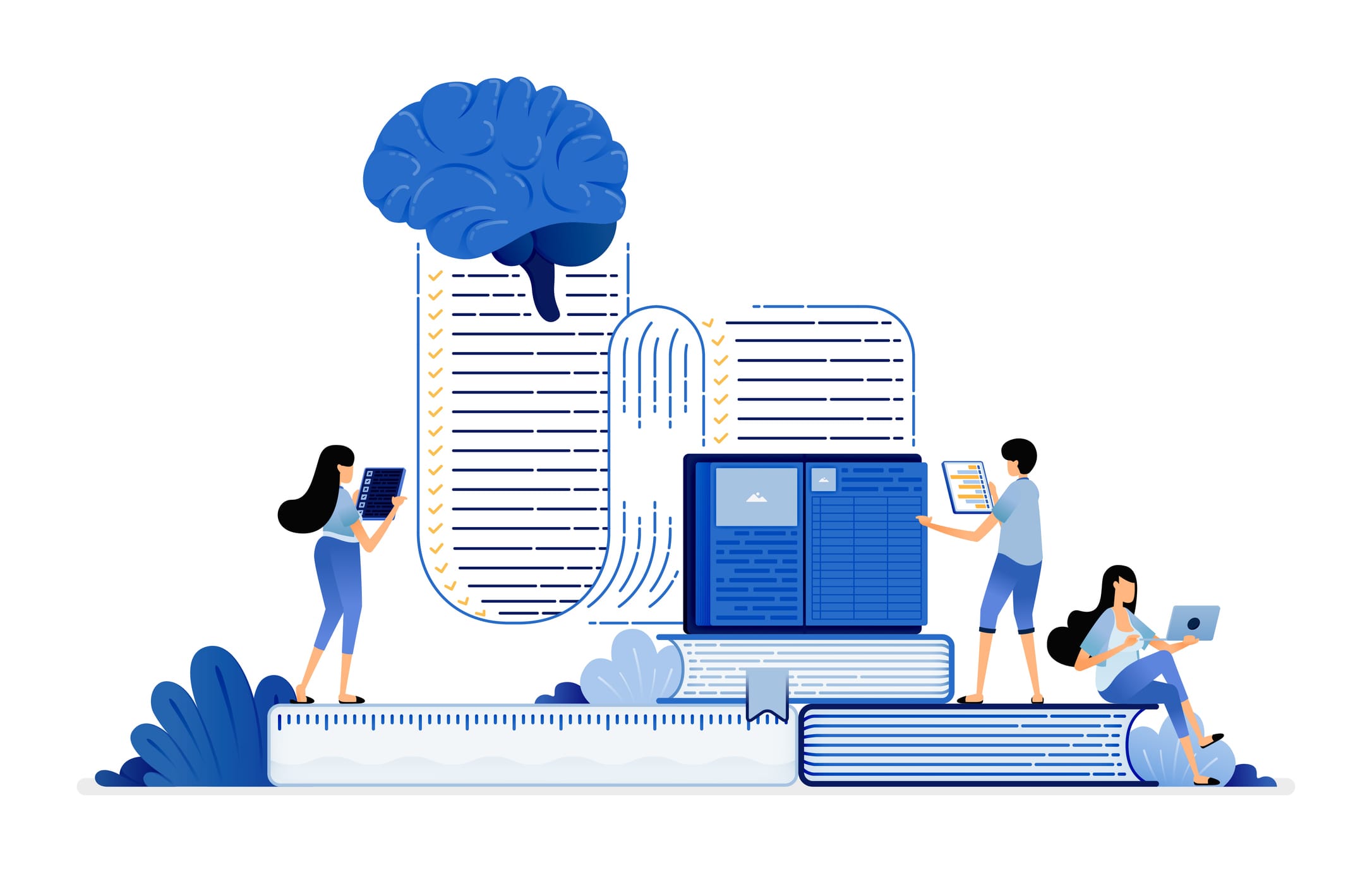
Artificial Intelligence, also known as AI, is the ability to create advanced systems with intelligent behaviours. This means that AI can do more work than human intelligence can typically do. It enhances human capacity, which can be used in tasks as basic as solving a puzzle, recognizing voice, or even creating a game to strengthen more advanced human requirements.
AI makes computer machines that can learn because they can gain experience and grow better with it. It might surprise you to learn that you’re likely exposed to AI daily – take the moments when you speak to Siri or Alexa or when YouTube suggests a video you enjoy watching.
The role of AI is becoming substantial in many aspects of people’s lives, including learning. It might be interesting to see that schools are gradually using AI tools to teach students using equally interesting methods.
For instance, AI can help with individual learning by suggesting tasks or exercises tailored to a learner’s performance. It is also used in teaching where knowledge can even be taught as games for children to enable them to learn with fun. This way, kids can understand technology at an early age.
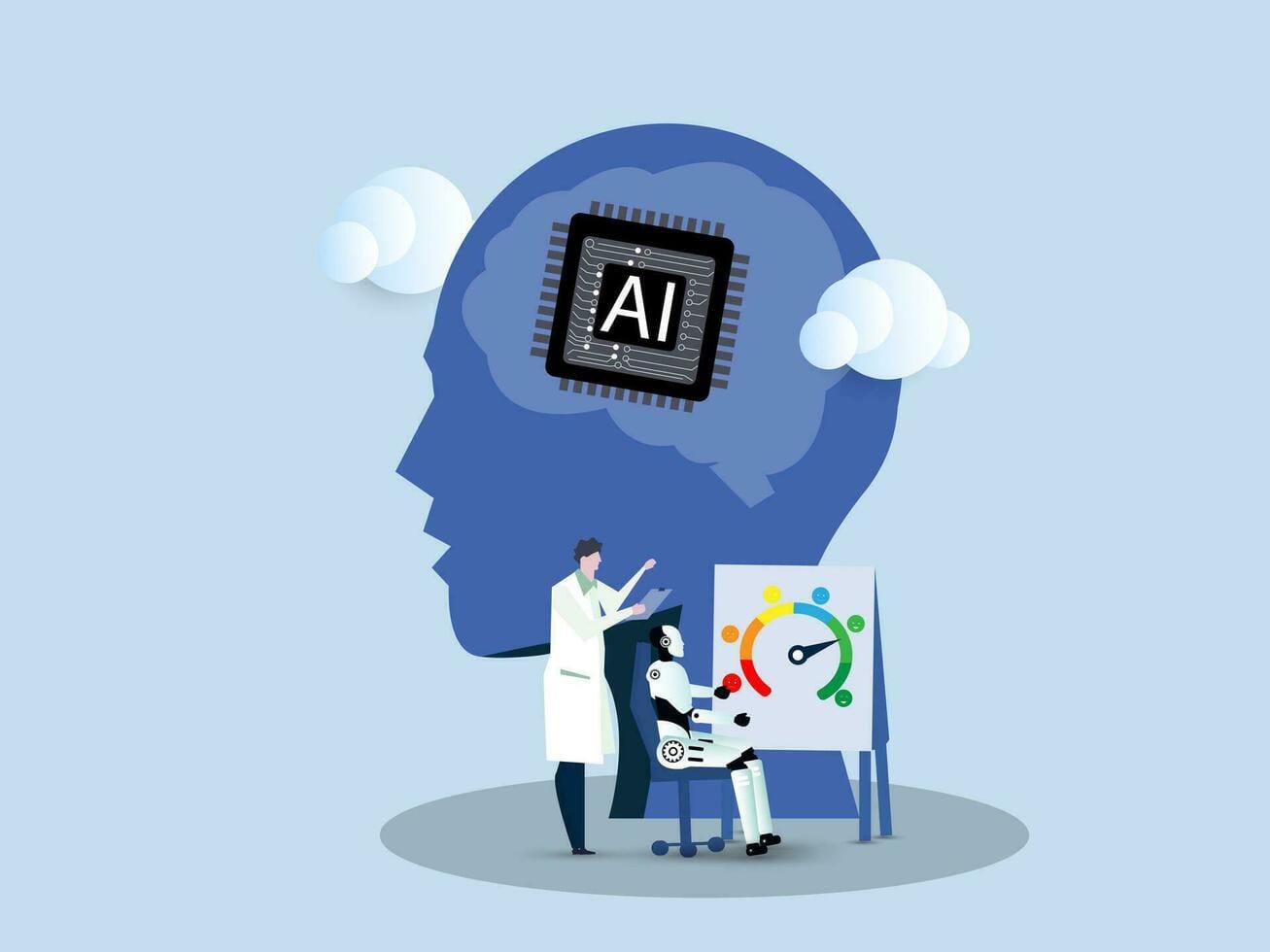
Since AI is rapidly evolving, it has become wise for kids to learn about it. It not only enables them to understand how the digital world works but also to come up with solutions and think creatively. Whether they aspire to build robots, design video games, develop smart applications, or work on AI projects in the future, learning AI is a great investment.
That is why it is high time we discover AI and how it permits us to alter the methods used by kids to study, play, or live! Let's explore this in detail in the blog below.
Why is Artificial Intelligence Important for Kids to Learn?
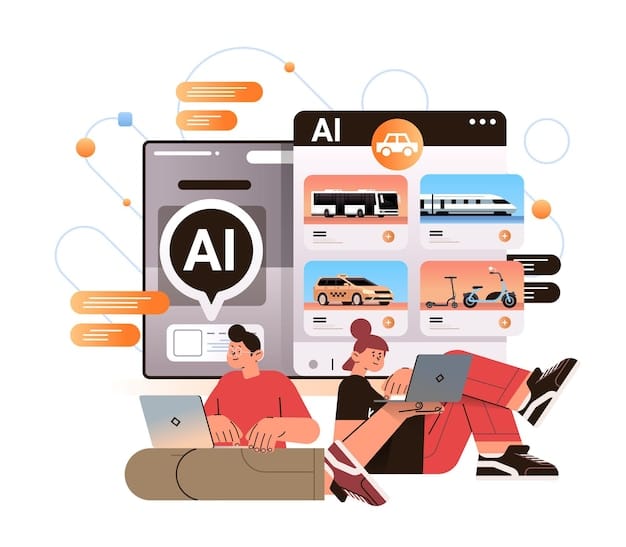
Today, AI is becoming a massive phenomenon in our daily lives. It is at the forefront of enabling some of the most common technologies in our lives, such as virtual assistants, smart apps, and virtual games. AI usage has come to a stage where it is becoming a necessity, and in the future, many professions will incorporate it into their work, ranging from science to the medical field, entertainment, and business.
Learning AI raises kids' critical thinking, problem-solving, and creativity abilities. AI helps them diagnose how things function, notice patterns, and potentially solve problems. Whether they are coding to build a robot or creating a basic game, AI can help them dissect and create in these interests.
It can also help kids prepare for the future when AI and robotics will be near and dear to us. This is particularly important as AI advances because having a clear understanding of how it works is essential when working within several industries.
Hence, if kids learn AI now, they will be ahead of their age in mastering technologies and acquiring skills that are useful in tomorrow’s world job markets.
Key Concepts in an Artificial Intelligence Course for Kids
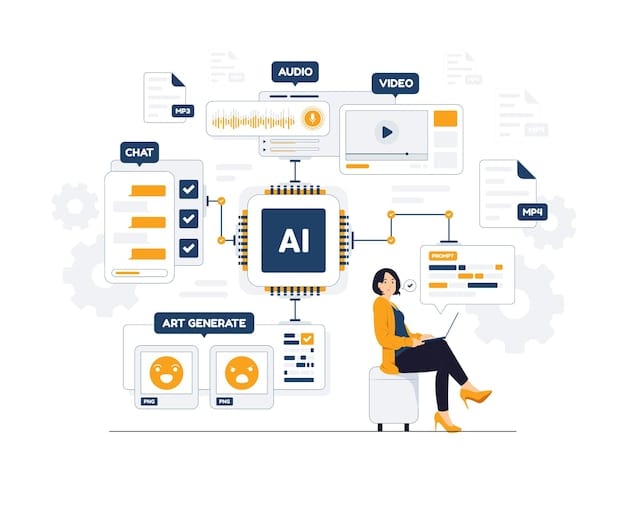
When kids learn about AI or natural language processing, they move to a new fun, and interesting world as they learn how the computer and other machines can think and process.
Now, we will outline some of the major topics children will encounter when taking an AI course in layman's language with real-world examples.
Machine Learning: How Computers Learn
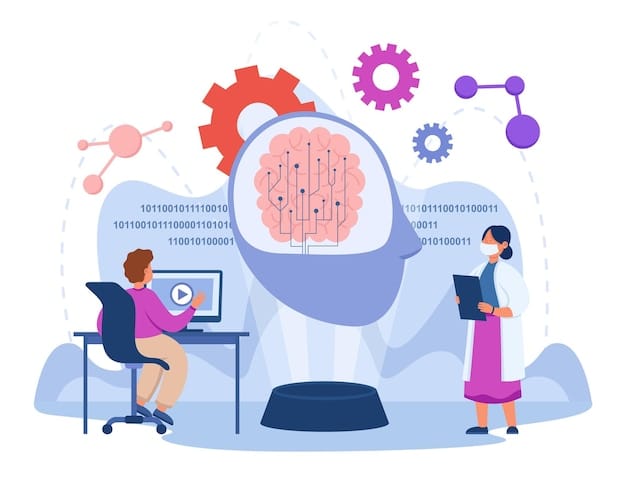
Machine learning is a technique by which a model masters itself over time by learning from different samples. Think how you can teach your dog to fetch the ball. Yes, this is similar to machine learning; it is trained repeatedly! For example, if the computer is taught about cats and dogs, it will learn this with the help of many examples, including pictures of cats and dogs.
Real-life example: Do you know how YouTube determines videos it thinks might interest you? That’s machine learning! YouTube adapts to your preferences in the same way that it recalls the kind of videos you have watched and then recommends more of the same.
Neural Networks: How do Computers Mimic Brains
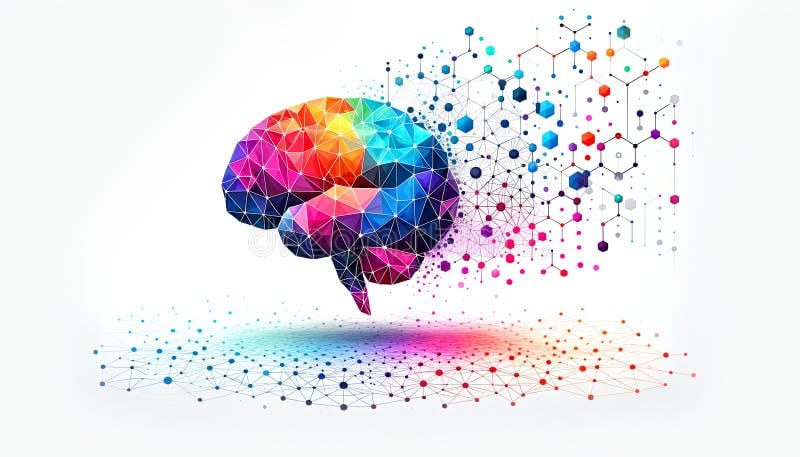
Neural networks, or nets, represent another type of computer science system designed and developed using the human brain. In other words, they help computers read and identify patterns.
In the same way, you know your friend well. But you would not mistake him for someone else if he is wearing a hat or glasses. Computers employ neural networks for face, voice, or handwriting recognition. A neural net helps the computer figure out this by training it from one example to another.
Real-life example: Every time you open your phone with your face, the AI behind it is trying to compute the likelihood that it’s you through neural networks. And if it is not you, the neural nets identify it as someone else trying to unlock the phone, hence preserving your personal data safety.
Data Processing: Information Processing by Computers
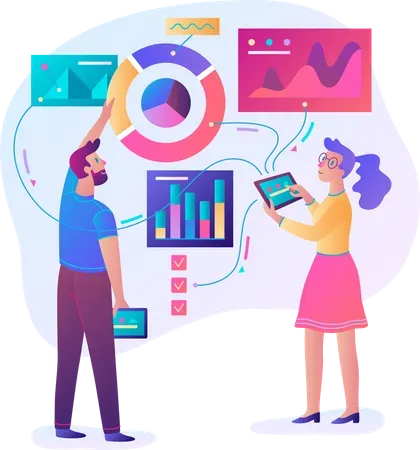
Data processing is how computers acquire, store, and use information. Well, people often think that AI needs lots of data to work – and that’s true – it’s like when you need a lot of repetition and practice to improve at a game.
The AI model is trained the same way. The model has to be fed information multiple times to train it. The information may be numbers, words, pictures, voice, or anything else the computer employs to ensure the appropriate action is taken.
Let’s consider data as small parts of a big picture. The more complicated the puzzle, the more parts you play, and the better the picture you form. In AI, the more data a computer has, the more able it is to make the right decisions, such as identifying a song from a few notes played.
Real-life example: Google Maps provides information from millions of drivers to give you the shortest time to get to where you are headed.
Pattern Recognition: Spotting What’s the Same
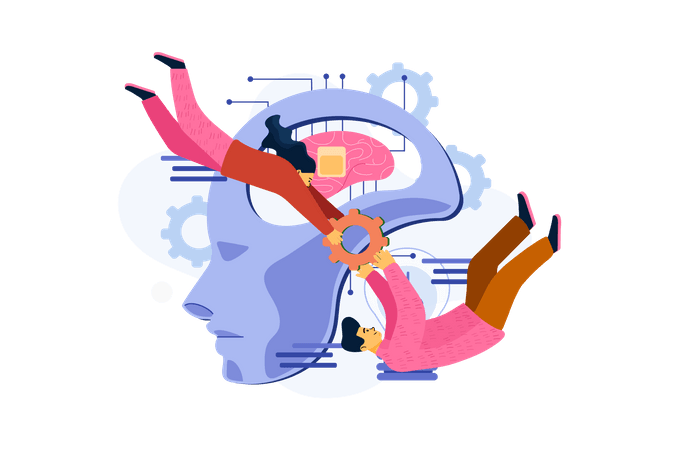
Pattern recognition is when a computer can identify the correlation between something. For instance, if an individual specifies 100 photos of different types of trees for a computer, and then instructs the computer to categorize something as a tree, the computer will understand what they have in common.
This is an important part of AI as computers apply this skill to take actions based on the information that comes in. If you’ve ever played a matching game, you know how to find cards that are matched and similar in some way. AI accomplishes that when it searches for signals in the data.
Real-life example: Songs of a similar genre to the ones you listen to are recommended by Spotify based on analysis of song patterns.
Decision-Making: How AI Chooses
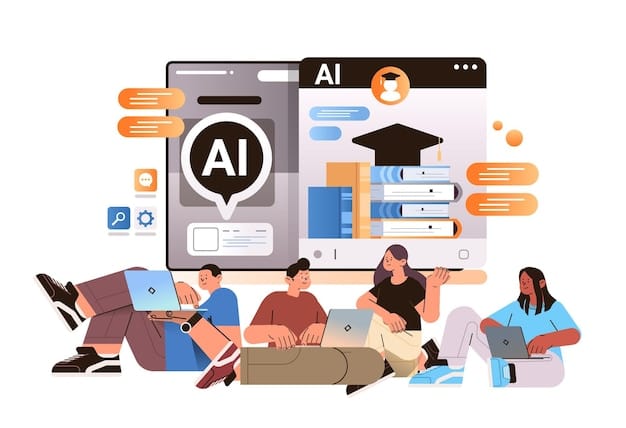
Choosing or decision-making in AI involves selecting between several strategies resulting from learning on a computer. For example, after analyzing enormous amounts of information, it can forecast that tomorrow will be sunny or pick a winning strategy in a game.
Let me give you an example when playing a simple game such as a cross and zero game. After several games, you discover the best shots to take. AI can do this, too, yet at a much faster process!
Real-life example: Like other autonomous vehicles, self-drivers can judge when to slow down, steer, or increase the speed depending on the road environment or traffic status.
Automation

Automation is all about making things happen with the aid of AI without requiring someone to command it. It can be as simple as organizing photographs into albums or as complicated as assisting robots in assembling automobiles. Have you ever owned a robot cleaner that can work on its own? That’s automation! It is an automatic cleaner that utilizes Advanced technology to clean the floor without your assistance.
Real-life example: In an online shopping site, you will find automated suggestions for products you have viewed previously, which makes shopping easier.
Why Learning These Concepts Is Fun and Useful for Kids
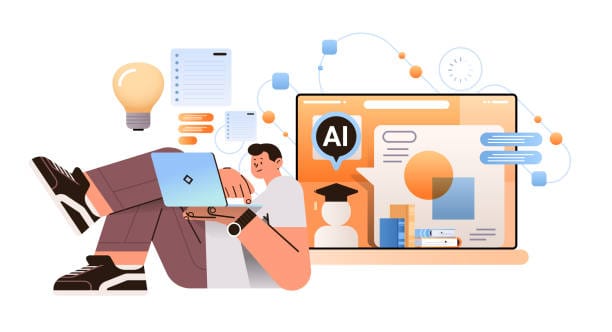
These artificial intelligence or AI concepts are not just for adults! Children can associate AI with familiar things such as voice assistants like Alexa, video games, or recommended videos on the Internet.
In addition, the fun of learning in AI makes kids ready for the future, where AI is bound to occupy a much bigger space. Identifying a pattern, let alone solving it and making decisions, puts the kids in an advantageous position as they apply the skills.
Besides, AI assignments like programming their elementary conversational virtual partners or training computers to identify objects make learning fun and practical. It takes hope and more importantly, gives kids a look behind the curtain of technology so that the world of possibilities for them is unlimited!
How to Start Studying Artificial Intelligence for Kids?
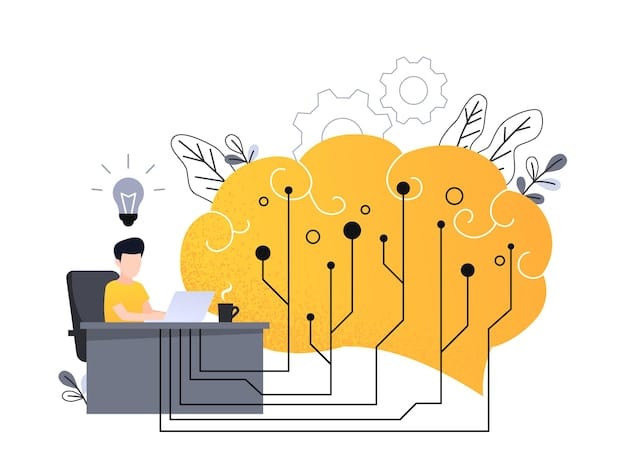
When introducing the concept of AI, especially to kids, nothing is easier than the right material. First, selecting a program that is easy to use is essential, which is good for a complete novice.
Search for programs created for children, such as Codeyoung, or use the Children’s AI classes at Coursera: AI for Kids. These can be used and followed to present simple lessons on AI through various exercises.
For tools, Scratch is useful as the first step to coding, and AI elements can be included in games or projects. Other resources include AI-based learning applications, such as Google’s Teachable Machine, where kids can build their own AI models with images, sounds, or poses.
Inspire children to learn about AI through play or lead them to build some simple AI programs. Simple projects involving AI can be kept exciting, including instances such as training a robot to identify objects. That means it can help children learn about AI entertainingly and constructively!
Fun and Interactive AI Projects for Kids
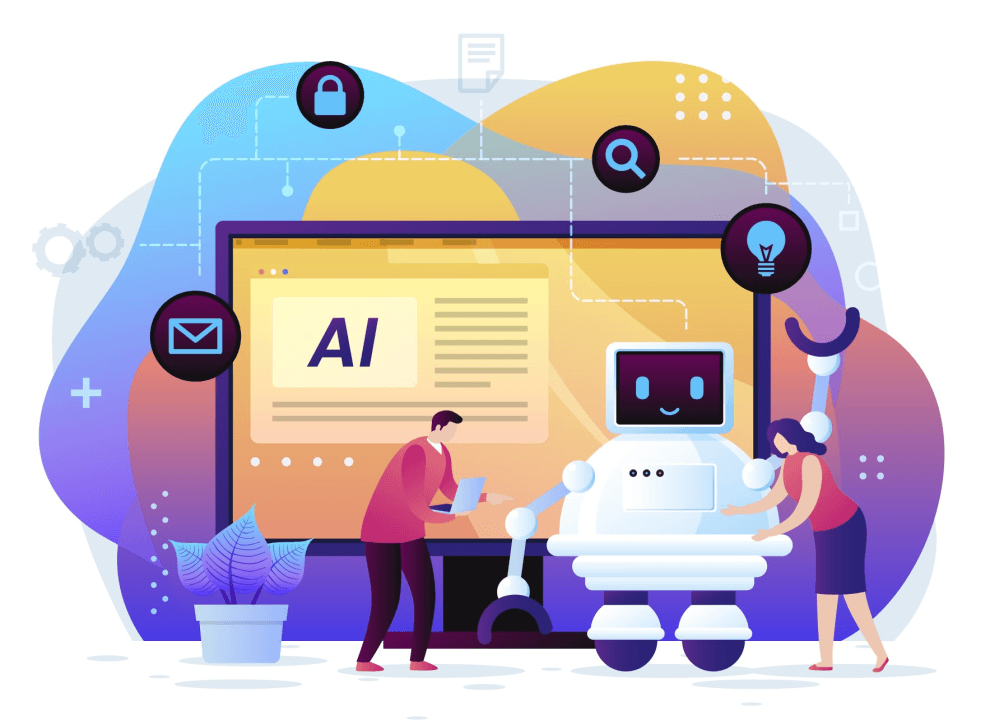
We discussed some AI concepts and how they are used to solve real-world problems. Children can take inspiration from these ideas and build their projects or create machine learning models, like developing their chatbot for questions and answers or jokes, so they understand how AI works.
One more entertaining idea is to create games with AI: kids can teach a game character to make decisions responding to a kid's actions. For example, in Scratch, they can design a game where an AI player moves in response to the barriers or antagonists.
Children can also try training a machine to detect objects using Google’s Teachable Machine. By training it with images of various objects, you can settle for how it recognizes things such as cats, dogs, or various household items!
Such projects make AI fun to study; children learn better through a project-based model where a project is developed and implemented by the children and then checked by the results.
Why is an Artificial Intelligence Course for Kids Worth the Investment?
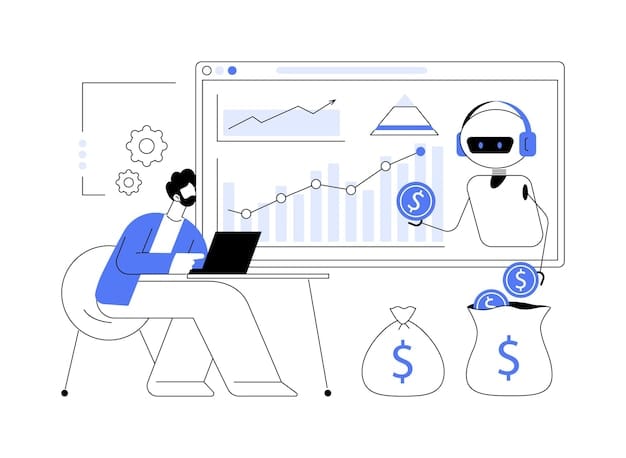
Having a child take an Artificial Intelligence (AI) course is helpful not only for the future, as they develop programming skills, but also now. With AI gradually influencing every establishment, children’s introduction offers them appropriate job prospects in the technology, health, entertainment sectors, and many others.
Our children can develop social skills through the different AI beginner-friendly courses we have set for them, as well as problem-solving, critical thinking, and creativity skills, regardless of the area of the domain.
These artificial intelligence or AI courses include theory and its application, making learning informative and skillful. While learning concepts, it is also important to apply ideas, for example, through building a chatbot or constructing a game based on artificial intelligence, so that the learners understand both how and why.
Students and parents alike have seen outstanding performance, especially from learning institutions. These recommendations present a testimonial in that children who were initially interested in technology can now design their AI systems. Therefore, stories of young learners who have found a passion for learning AI can motivate others to embrace the subject.
Conclusion
Thus, explaining AI to kids is great fun and ensures their readiness for future professions. Students and professors can use free beginner tools such as Scratch, AI-based educational apps, and online platforms to make it easy for learners to get into AI.
Educational Institutions such as Codeyoung, which offers coding and AI programs for children in the USA and Canada, are fantastic at helping children. Starting early improves critical thinking and problem-solving skills and strengthens knowledge about the technology belonging to the future world.
Therefore, we have a great opportunity to give kids a chance to discover AI and unleash their potential.
With this, we have come to the end of this wonderful blog.
Happy Learning!
Artificial Intelligence for Kids - FAQs
How can artificial intelligence for kids make learning more engaging and interactive?
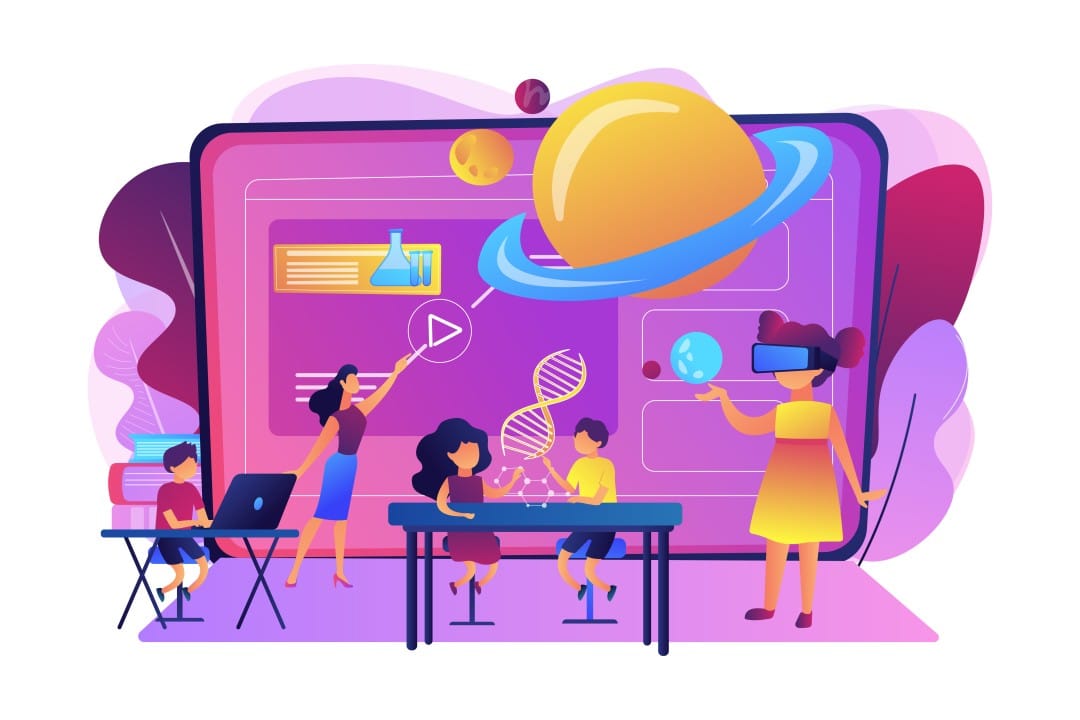
AI systems help learners because they provide lessons that are easily understandable and adaptable. They can be taught depending on how the child performs, and difficulty levels and further resources can be suggested.
Fun ideas in the learning process, such as using coding games or creating AI models, do not let learning be boring. Through these elements of AI, kids are engaged in critical thinking, solving challenges, and general innovation, making learning not only fun but interactive.
What are the key elements of an artificial intelligence course for kids that make learning engaging?
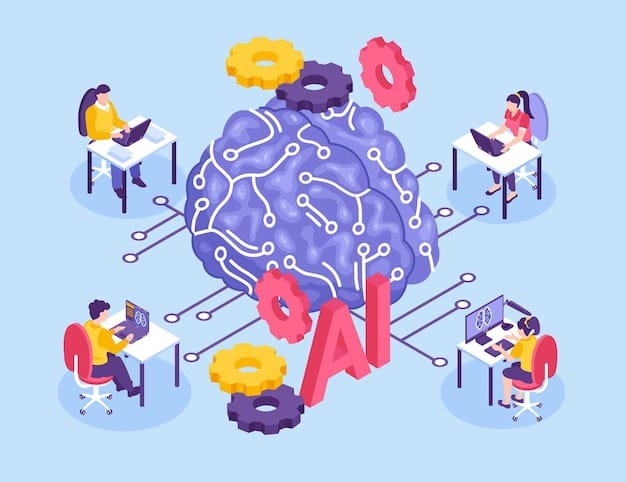
Popular approaches to AI courses for children include applied and project-based learning and games. Quite useful, children can create chatbots, voice assistants, or even games. They continue to be engaged using badges, rewards, and other challenges on gamified platforms.
Proper incorporation of AI in, for instance, identifying trends or easing work responsibilities helps explain to children how they can use AI in their daily lives.
So, any educational course that emphasizes these aspects can be a good starting point for students or kids starting their journey in the world of Artificial intelligence.
Why is artificial intelligence for kids becoming more popular in education?
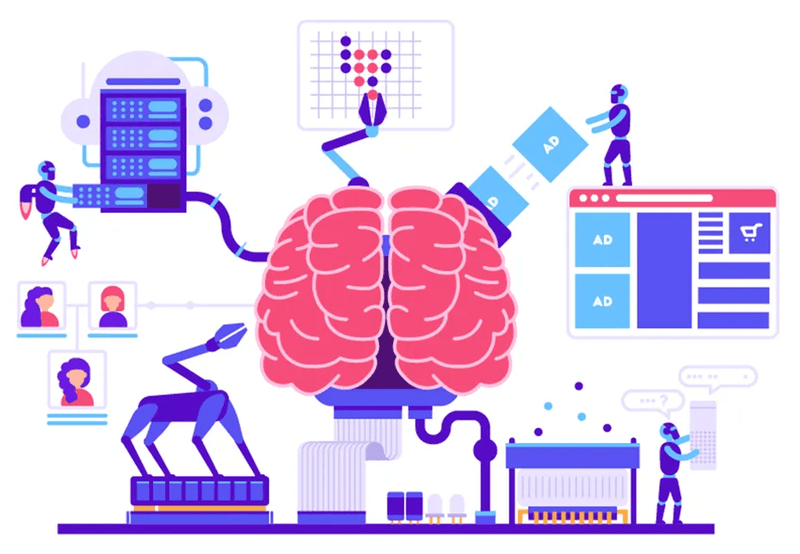
Due to the roles that understand and use artificial intelligence in the current working environment being scarce, the need to use artificial intelligence in the education system is inevitable. In this argument, schools and parents are observing that AI knowledge is important for children to equip themselves with future emerging technologies.
As AI is now becoming a part of modern educational systems and providing individual learning trajectories, it is crucial to prepare students for further successful work.
What benefits do kids gain from an artificial intelligence course for their future development?
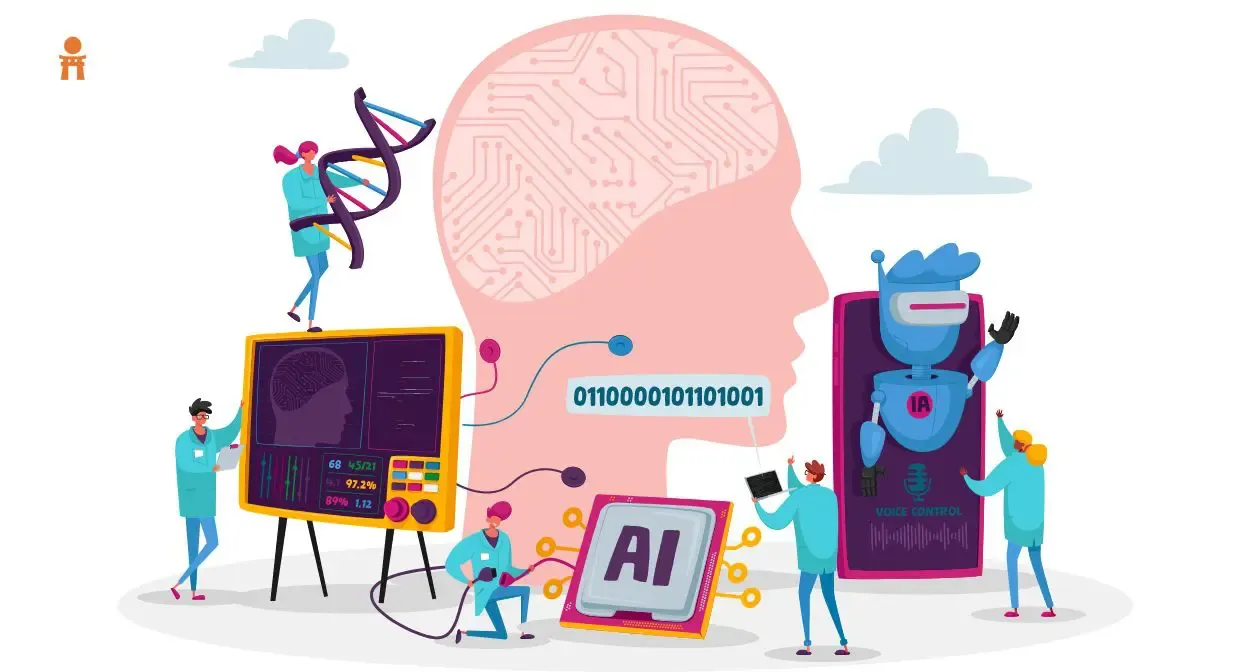
Learning artificial intelligence prepares children for future jobs. Among such skills, we claim logical thinking, collaboration, and coding are essential for careers in tech and other fields.
AI also assists them in coping with contemporary technologies as they prepare for new changes within the community. From learning how to create apps to generating tools to solving world challenges, AI enables children to establish a strong base.
What types of projects can kids create while studying artificial intelligence?
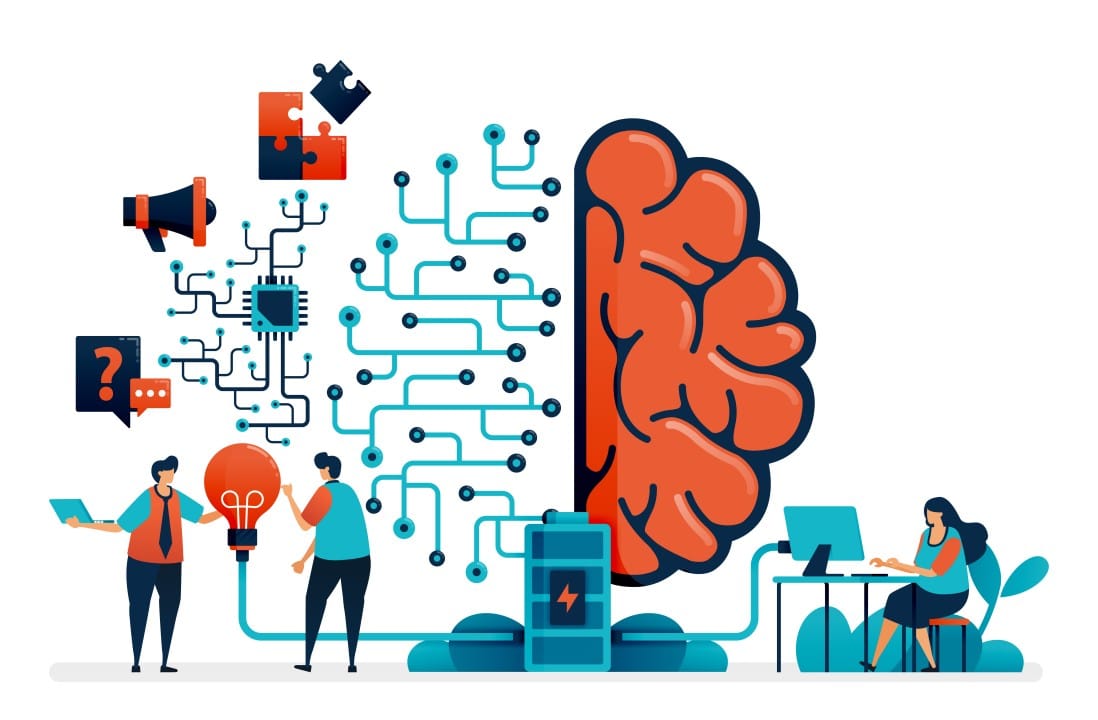
Some fun ideas for children to work on AI are with voice AI; kids can create bots that can respond to voice commands or AI game projects where computers can decide based on players' input.
Other examples of applications can be based on AI to recognize images, that is, developing applications that can recognize objects, answer questions or engage in simple dialogues.
How does learning artificial intelligence at a young age help prepare kids for future technology trends?
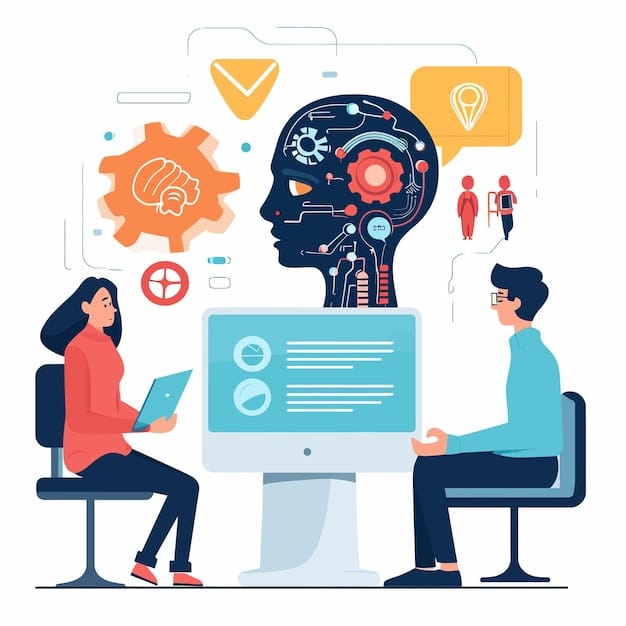
Speaking of first exposure, understanding AI and ML allows the child to comprehend concepts such as robotics, automation, and smart systems. With recent innovations like self-driving cars and AI at home, students with an understanding of these concepts will be ahead when more such advancements arise. They’ll be ready to comprehend and participate in the subsequent rounds of innovations.
How do AI courses for kids integrate hands-on coding exercises with theoretical learning?
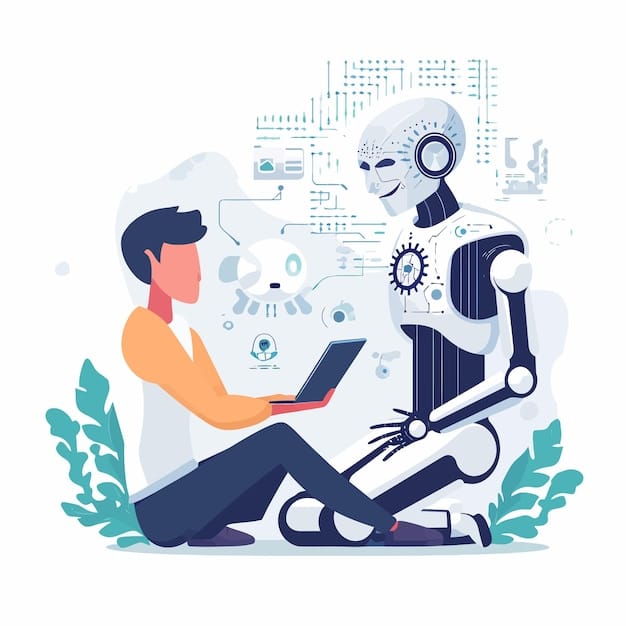
Teaching AI courses for kids combines the theoretical approach and the practical lessons. Not only do kids get an idea of what AI and machine learning are in theory, but they also code using Python, Scratch, or any other programming language they choose.
This allows children to engage in the basics of AI and practice actual coding knowledge so the experience remains informative and fun.
Comments
Your comment has been submitted successfully!